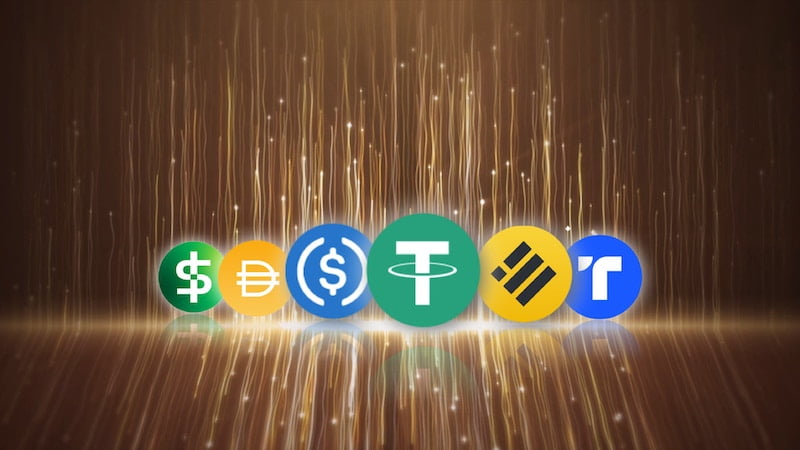
In August 2023, payment service provider PayPal launched its own digital currency, the stablecoin PayPal USD. But what is a stablecoin anyway?
Cryptocurrencies have become increasingly important in recent years. Around 19.5 million of Bitcoin alone – which is probably one of the best-known cryptocurrencies in the world – were in circulation at the end of October.
But in addition to the well-known cryptocurrencies such as Bitcoin, Ethereum and Co., stablecoins are also becoming increasingly popular. It was only in August, for example, that the payment service provider PayPal launched its own digital currency, the stablecoin PayPal USD. But what is a stablecoin and how does it differ from other cryptocurrencies?
What is a stablecoin?
As with Bitcoin, Ethereum and Co., stablecoins are cryptocurrencies. They are digital currencies that are not issued in banknotes and coins like the euro or the US dollar.
Its name is made up of the two English words “stable” and “coin”. That translates to something like stable coin. And this is where the big difference to conventional cryptocurrencies lies.
What is the difference to Bitcoin and Co.?
The value of cryptocurrencies such as Bitcoin, Ethereum and Co. is always based on supply and demand. What is of interest here, for example, is how many coins are being mined or are generally currently in circulation.
However, this is different with a stablecoin. Because the value is not determined on the market, but is always tied to another asset.
This could, for example, be a real currency like the euro. In the case of the PayPal stablecoin, as the name PayPal USD suggests, this is the US dollar.
Stablecoins can not only be linked to real currencies, but also to other values. For example, other cryptocurrencies are also used here or raw materials such as gold.
What advantage does a stablecoin have?
By being linked to the value of real currencies, a stablecoin is less subject to major fluctuations in value. Because with cryptocurrencies these can reach enormous proportions.
But of course it only works this way if the corresponding coin is linked to a relatively stable underlying value. There are also stablecoins that are backed by algorithms, which has already led to price drops in the past.
Also interesting:
Source: https://www.basicthinking.de/blog/2023/12/16/was-ist-ein-stablecoin/


